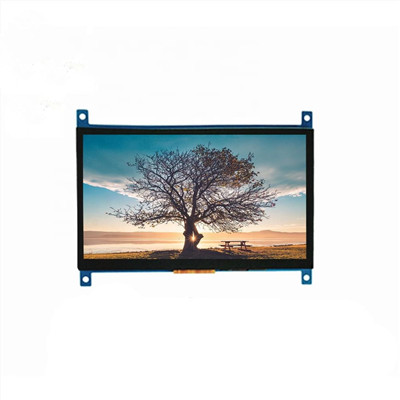1. High-Quality Content:
- Start with high-resolution and professionally produced content. Ensure that your images and videos are optimized for the LED video wall’s resolution and pixel pitch.
- Use vibrant colors, sharp images, and engaging graphics to capture attention.
2. Content Optimization:
- Tailor your content to the size and aspect ratio of the LED video wall. Design visuals that make the most of the available screen real estate.
- Ensure that text and graphics are legible and don’t appear pixelated.
3. Dynamic and Interactive Elements:
- Incorporate dynamic elements such as animations, transitions, and visual effects to make the content more engaging.
- Consider interactive features, if applicable, to encourage audience participation and immersion.
4. Creative Storytelling:
- Craft a compelling narrative or message that resonates with your target audience. Storytelling can enhance the impact of your visuals and leave a lasting impression.
5. Synchronization and Sequencing:
- Plan how your content will be sequenced and synchronized. Use timing and transitions effectively to create a visually pleasing flow.
- Consider the order and timing of visuals, especially for installations with multiple LED panels.
6. Contrast and Brightness:
- Make use of contrast to highlight important elements in your visuals. Ensure that text and critical images stand out.
- Adjust brightness and color settings to match the lighting conditions in the environment. Brightness should be optimized for visibility without causing discomfort to viewers.
7. Regular Updates:
- Keep your content fresh and updated regularly to maintain audience interest. Stale content can become ineffective over time.
- Use scheduling and content management systems to automate content updates.
8. Environmental Considerations:
- Account for the environmental conditions in which the LED video wall is installed. Adjust content accordingly to account for outdoor or indoor settings, day and night conditions, and weather conditions for outdoor displays.
9. Testing and Calibration:
- Conduct thorough testing and calibration to ensure that the LED panels are properly aligned and color calibrated for accurate and consistent visuals.
- Regularly check for dead pixels and address them promptly.
10. Audience Engagement: – Create content that resonates with your target audience and elicits an emotional response. – Encourage audience participation through gamification, polls, or interactive elements.
11. Storyboarding and Planning: – Create storyboards and content plans to visualize how your visuals will be presented over time. This helps ensure a coherent and engaging experience.
12. Audio Integration: – Consider integrating audio with your visuals to create a multisensory experience, but be mindful of noise levels in public spaces.
13. Visual Artistry: – If you’re using LED video walls for artistic purposes, collaborate with visual artists who specialize in creating immersive and visually stunning installations.
14. Monitoring and Maintenance: – Continuously monitor the performance of the LED video wall and address any technical issues promptly. – Implement a regular maintenance schedule to keep the LED panels in optimal condition.
Creating stunning visuals with LED video walls is a combination of technical expertise, creative vision, and audience engagement strategies. By focusing on these aspects, you can leverage the full potential of LED video walls to captivate your audience and convey your message effectively.








